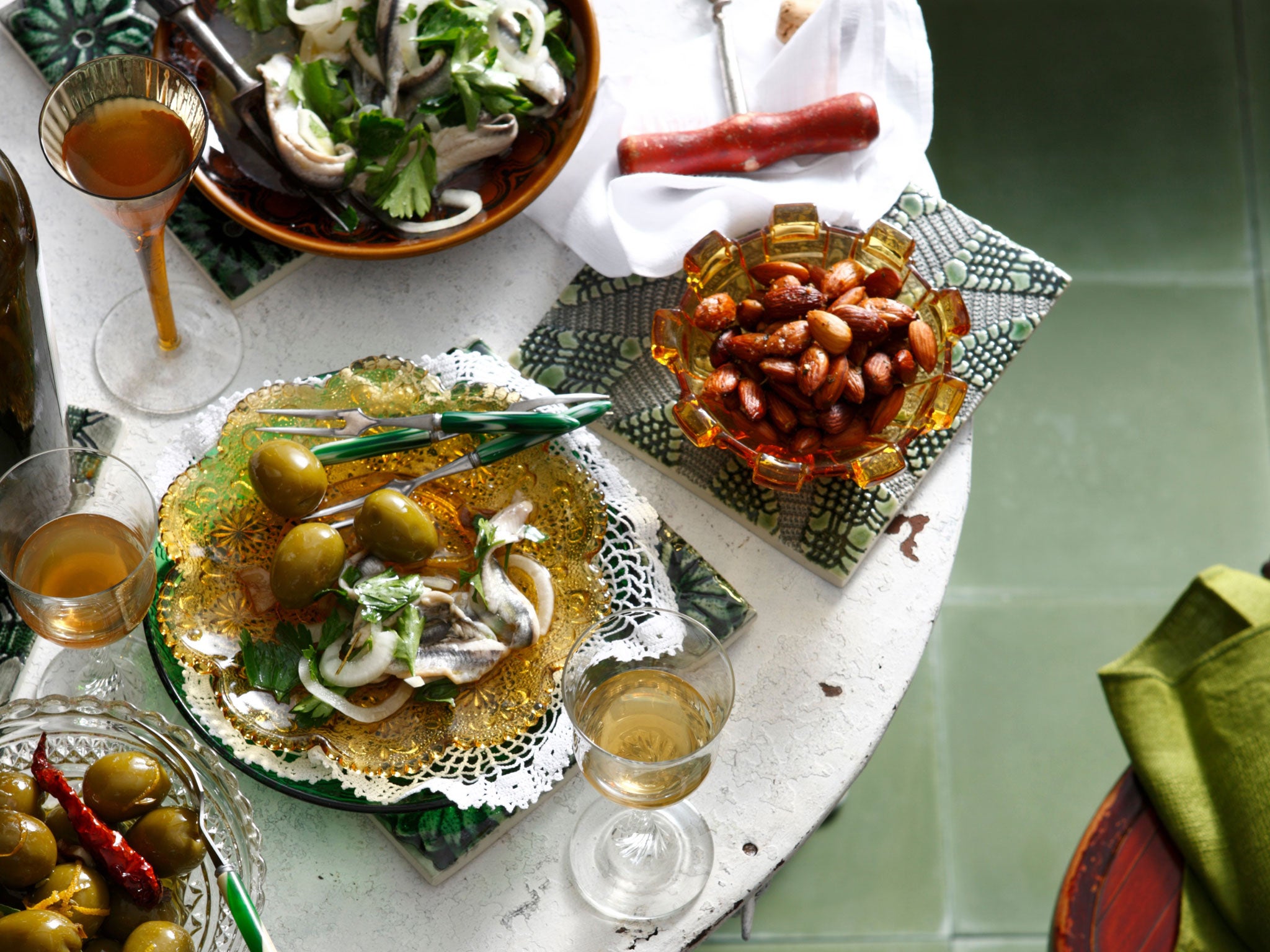On the Menu: Sharing plates and family-style dining are in, courses are out

As tasks go, it's not up there with splitting the atom. I needed to choose a restaurant to visit with an old friend. Go to said restaurant. Eat. Go home. Simple.
But then the demands of my fellow diner started to arrive, in a flurry, like migrating birds. My friend, let us call him Max, for that is his name, didn't want anything "too fancy or flouncy" nor "anywhere where you have to queue" and most of all he did not want "bloody sharing plates". What he did want was a three-act dinner (starter, main, dessert) and with no farting about.
The problem is, the traditional menu, with its traditional sense of order, is a species under threat. Its habitat has been overrun by interlopers such as the tasting menu (once something found only in the smartest hotels ), sharing plates and the latest American émigré "family-style" dining, a mode of eating that requires large plates of food to deposited on the table that you then share around, like, y'know, a family.
On Saturday, our smiling waitress offered us a "family-style pie", which translates as: a big pie you can share. It did not impress my friend; teeth were ground. And I can sort of see his point. It does, perhaps, seem like a silly affectation. But then again, the way we eat, like the way we dress, is ever-changing – the feast has, as it were, always been moveable.
If you really want to see affectation on a menu, the place to look isn't modern- day east London or north Brooklyn. Its 18th-century France. Cast your eye over the menu for the dinners held at the Château de Choisy for Louis XV. On 8 February 1747, 50 guests were served 12 terrines, 48 petit entremets (small dishes), and 24 roasts. These plates didn't come out in what we think of as the usual way, one after each other. Under the rules of the French service, at that time the norm, dishes came out en masse and were arranged in symmetrical patterns, from which diners would serve themselves. It was another 60-odd years before "traditional dining," took hold in Europe.
We have the Russian ambassador to Paris, Prince Aleksandr Kurakin, to thank for that. Paris society was agog when in 1808, Prince Aleksandr hosted a dinner in which dishes were brought out one by one, and laid on individual plates before diners. The grandiose French chef Marie-Antoine Carême predicted, with customary braggadocio, that it would never catch on in France – the style was too affected.
Yet by the 1890s, it was the culinary lingua franca. The sequence of dishes may have changed – Escoffier, writing in the Edwardian period, assumes everyone knows heavy dishes should come first, with salads and vegetables at the end – but the basic form held fast for more than a century. Until the arrival of the small plate, that is, and the slow tapas-isation of our dinners out.
The point is that what seems precocious today quickly becomes the norm tomorrow. My friend might curl his lip when confronted with a plate of squid ink risotto "for the table" or flinch when asked to pass round the chicken and tarragon pie, but menus, like language, change – they morph and evolve. And to complain not about the food, but the way it is served, is to make yourself as welcome at dinner as Lynne Truss is at a Gertrude Stein convention. Food changes and so must we.
Subscribe to Independent Premium to bookmark this article
Want to bookmark your favourite articles and stories to read or reference later? Start your Independent Premium subscription today.

Join our commenting forum
Join thought-provoking conversations, follow other Independent readers and see their replies